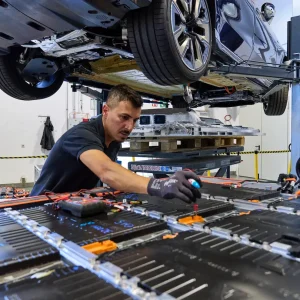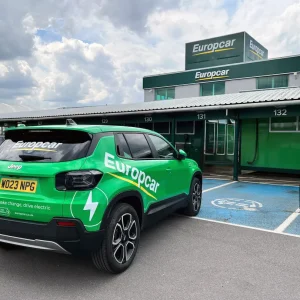The Government announcement that it will be reducing the amount it spends on its fleet by getting rid of the dedicated ministerial cars and drivers and instead encouraging them to use public transport and a selection of pool cars could well be a sign of the times.
As a result of the financial crisis, many businesses have already begun to look more closely at the efficiency of their fleet. However, it wouldn’t really be a practical or a good HR move for most companies to take quite the drastic measures that the Government have, but there certainly are lessons to be learned about making sure the fleet is fit for purpose rather than just fitting the image.
Image is important and particularly in the UK, the company car is often used as a status symbol and has an important role to play in the way a business is perceived. However, this has sometimes been considered to the detriment of fleet efficiency but the two aren’t mutually exclusive.
You can have an efficient fleet that matches your company brand positioning and is a valuable recruitment and retention tool. It is all about making sure your vehicles are fit for purpose, whatever that may be.
When looking to make your fleet fit for purpose, among other things you need to consider:-
. Vehicle utilisation – what are the vehicles used for? Are they perk or essential vehicles? How much is the fleet used compared with its availability.
. What about grey fleet drivers? How do you manage them at the moment, do you offer pool cars or short term hire vehicles?
. Vehicle availability – the number of days the fleet is available for use
. Vehicle downtime – the number of days lost due to maintenance and repairs
. Journey planning – are all of the business trips made in company vehicles necessary? Could employees car share or use public transport more? Could you make more use of video conferencing etc?
Essentially to make your fleet more efficient whilst supporting brand positioning, the key areas to look at are whether vehicles are fit for purpose, and to look at the total cost of ownership rather than the monthly leasing cost or purchase price. If all aspects of operational efficiency are taken into account then the bottom line as well as the brand can clearly benefit.
Follow BusinessCar on TWITTER





